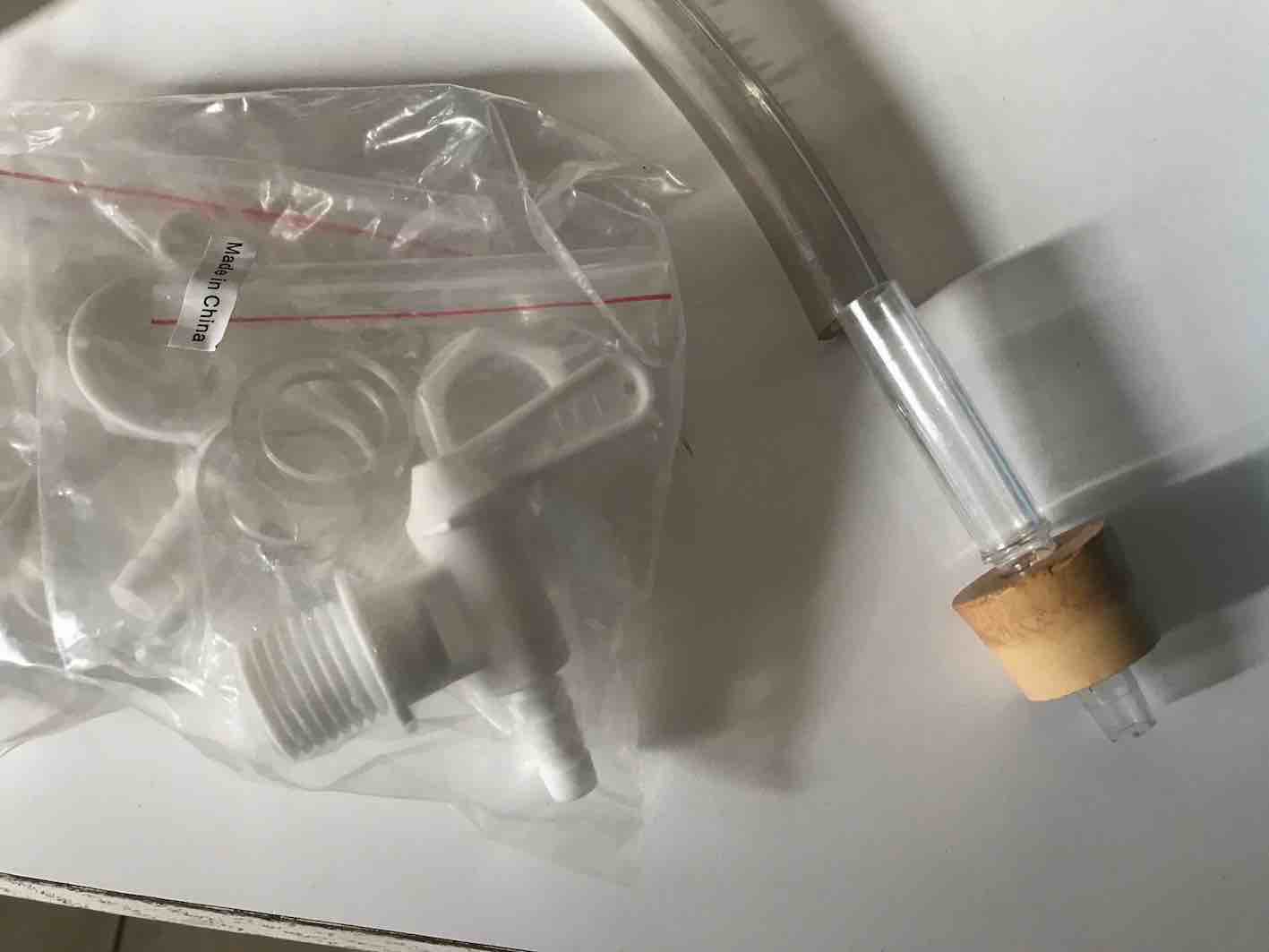Help me with a transfer.
I have a wheat beer in a bucket with a spigot. I want to move it to a Corny keg. I can pump CO2 into the keg and then rig it up so most of the CO2 goes into the bucket as it drains. I can't make it perfect, because I have no way to make a really good gas connection to the bucket, but there is a hole in the lid, and I should be able to shove a tube in there and create a makeshift seal around it with a paper towel soaked in sanitizing solution.
The problem is getting the beer into the keg. I have no liquid disconnects that will fit a tube that will connect to the spigot.
I'm thinking of using a gas disconnect. I can put a gas post on the liquid side of the keg and run the beer through it. Then I can pop the post out and put a liquid post in. Is there any reason why this won't work?
I have a wheat beer in a bucket with a spigot. I want to move it to a Corny keg. I can pump CO2 into the keg and then rig it up so most of the CO2 goes into the bucket as it drains. I can't make it perfect, because I have no way to make a really good gas connection to the bucket, but there is a hole in the lid, and I should be able to shove a tube in there and create a makeshift seal around it with a paper towel soaked in sanitizing solution.
The problem is getting the beer into the keg. I have no liquid disconnects that will fit a tube that will connect to the spigot.
I'm thinking of using a gas disconnect. I can put a gas post on the liquid side of the keg and run the beer through it. Then I can pop the post out and put a liquid post in. Is there any reason why this won't work?








































